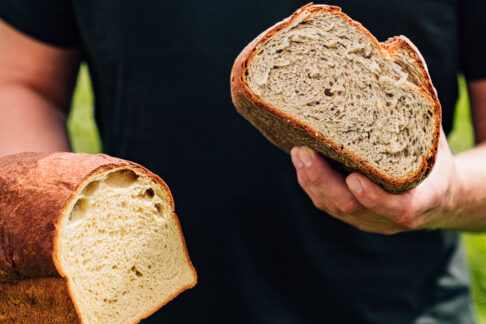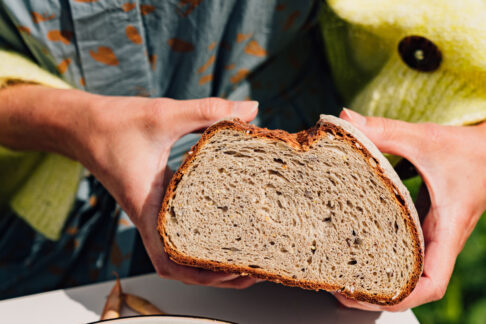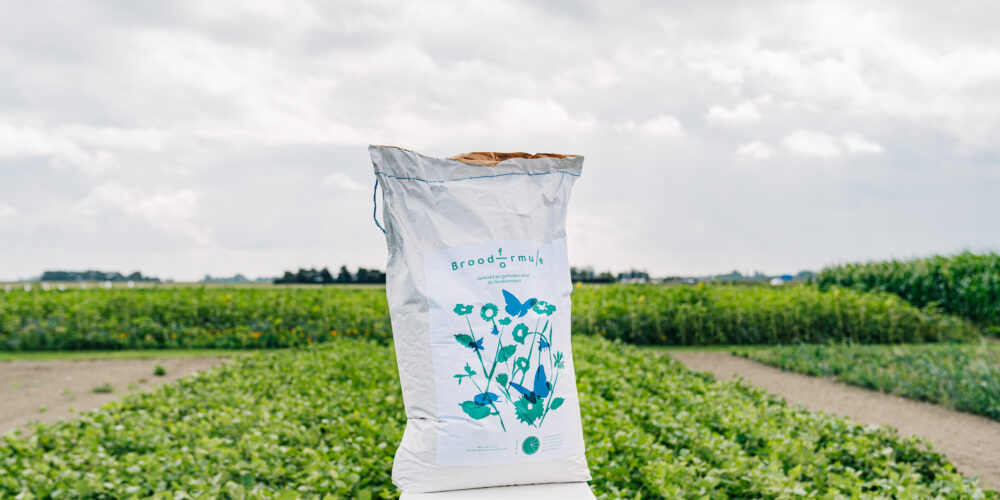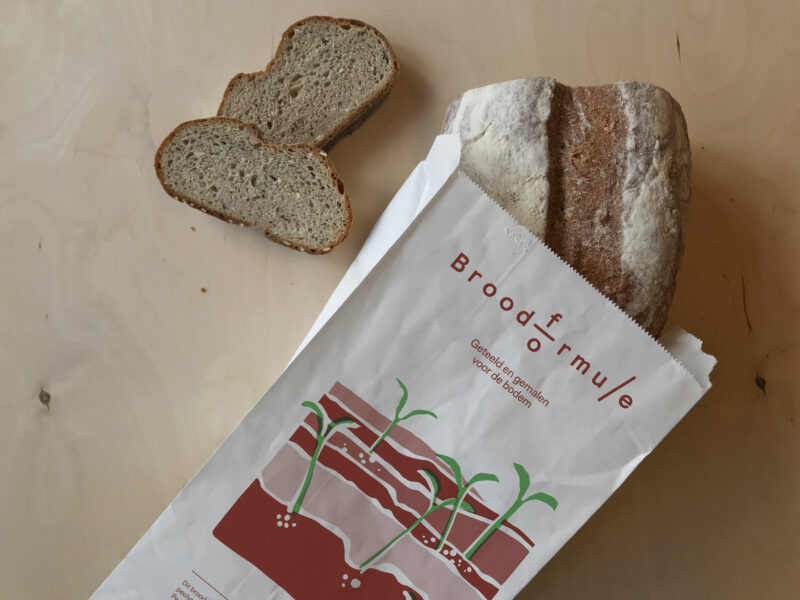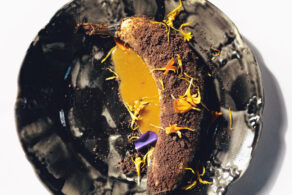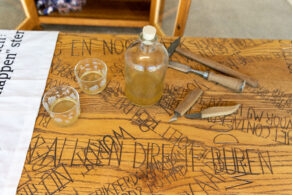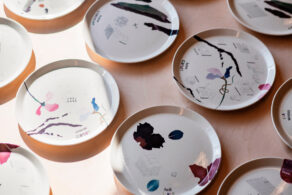Gepubliceerd op 09-10-2020
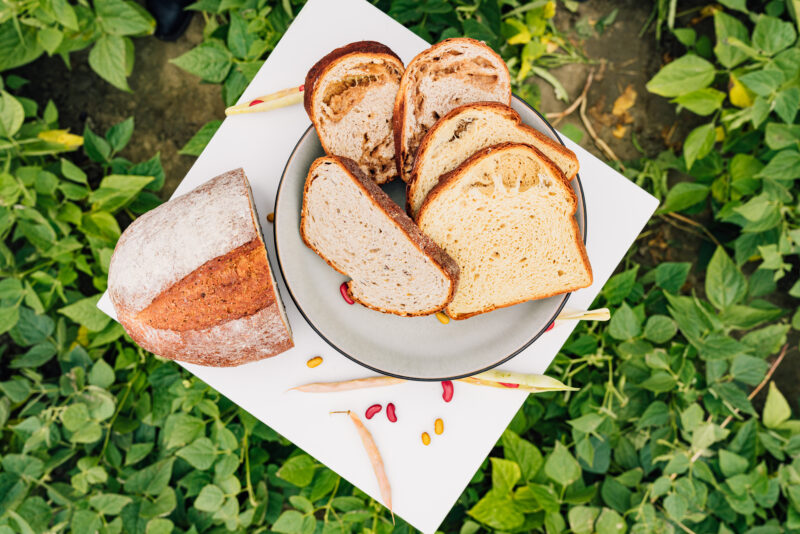
Bread bakers do not use a recipe, they use a ‘formula’. This formula can be adjusted to fit in what is needed. Not just the baker, but even the government has a hand in the bread baking formula: in the Netherlands it is the law to included iodinated salt in bread. This is to ensure the population of enough iodine intake. Today, our food should not only focus on our own health, but also on the health of our environment. Because our living environment also needs variation to stay fit.
Can we design the bread formula in such a way that bread can contribute to the current challenges regarding climate, biodiversity and the quality of the soil?
‘Broodformules’ are bean flour mixes for baking bread. From Dutch fields to Dutch mills, to Dutch bakers. This chain ensures the use of Dutch-grown pulses which involves significant benefits for the environment. Pulses are embedded into a giant food staple of the Dutch population: bread. Since bread already is a current in society we can use this as a vehicle to improve our direct environment.
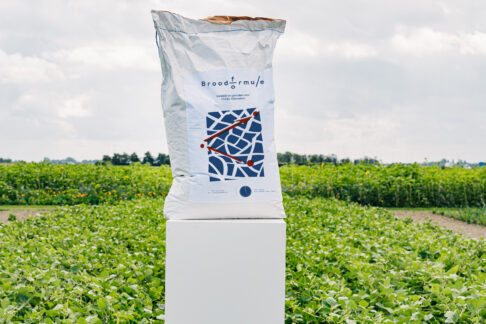
Wheat and pulses are already grown in so-called mixed crops agriculture: when pulses and wheat are grown together -completely mixed- on one parcel. When combined the amount of unwanted weeds is significantly reduced. The problem thus far is that there is no demand for the mixed yield of wheat and grain. Mixed crops are used for cattle feed mostly. With these bread mixes we are ready to explore if mixed crop agriculture of wheat and pulses can lead to products for human consumption. The combination of wheat and pulses is also a very nutritious one: when consumed together they lead to high-quality proteins that are able to replace the proteins in meat. Bread made with pulses therefor can be a powerful tool in a nationwide protein transition from animal to plantbased protein.
Three kinds of Broodformule mixes have been developed from which bakers can decide freely what kind of bread can be baked, varying from honey infused sweet rolls to sourdough loaves with thick crusts.
Broodformule voor de bodem (for the soil) contains 20% faba beans and 30% brown beans. It is a mix for dense loaves of bread.
Broodformule voor biodiversiteit (bio-diversity) is for multi-bean breads and contains a diversity of species: 10% popucians, 10% kidney beans, 10% faba beans and 10% special local beans (Fries wâldbeantsje). This mix is also suitable for sweet breads.
Broodformule voor minder kilometers (reduction of food miles) contains 40% lupin, which makes it ideal for white breads.
Broodformules is part of Foodlab Pulses and Agri Meets Design. Developed in collaboration with Freggies and MFH Pulses. Photos by Ingrid Hofstra for Foodlab Pulses.
